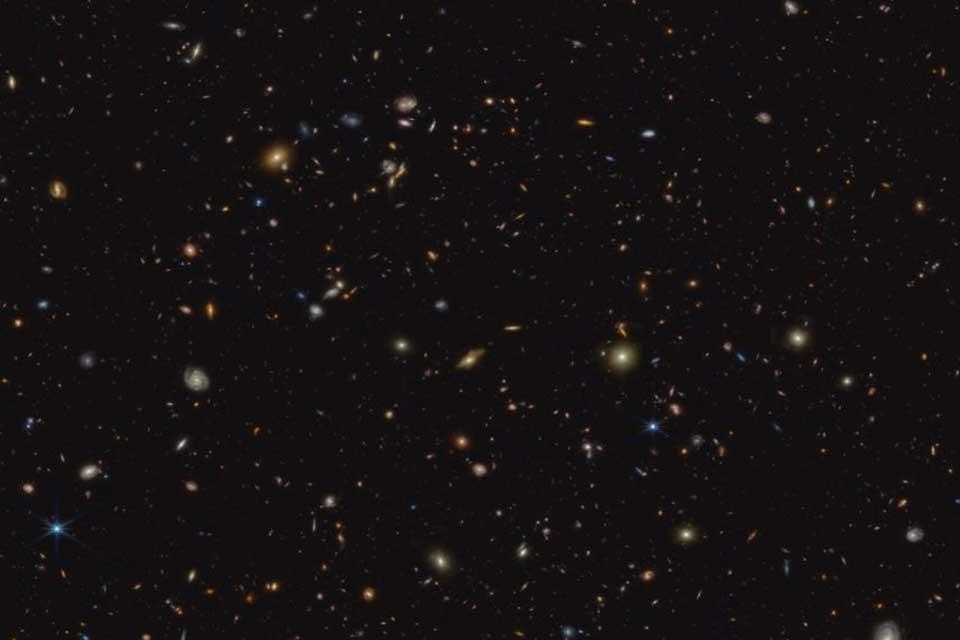Astronomy and astrophysics
Astrophysics
An international team involving four researchers from the Department of Physics has harnessed the exquisite sensitivity of the James Webb Space Telescope (JWST) to achieve the first precise characterisation of interstellar dust during the early stages of the Universe. The study, published this week in Nature, not only sheds light on the composition of early cosmic dust, but may also provide valuable insights into the formation of stars and planets.

